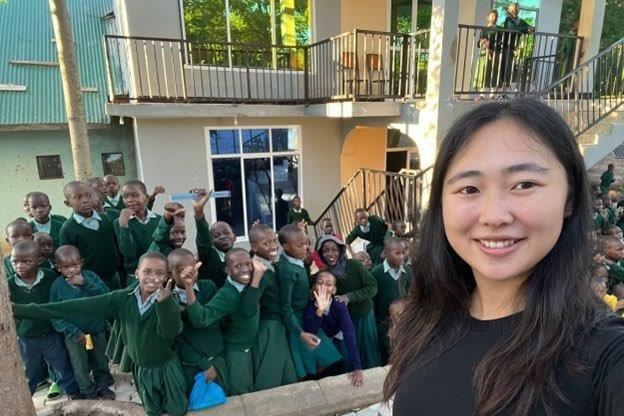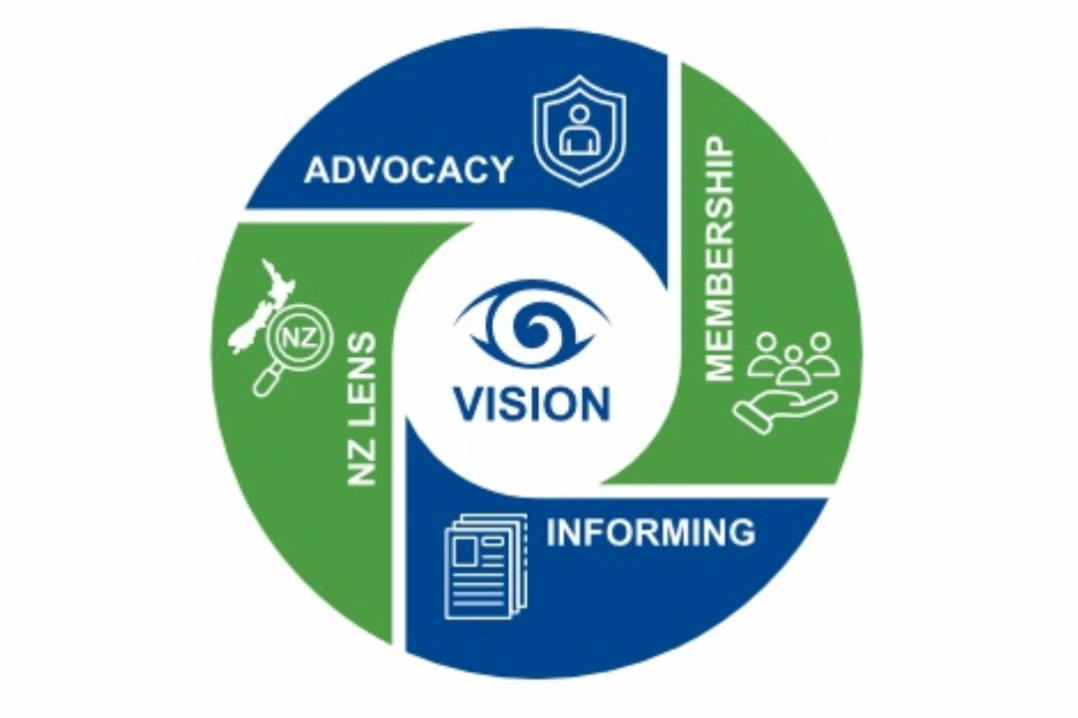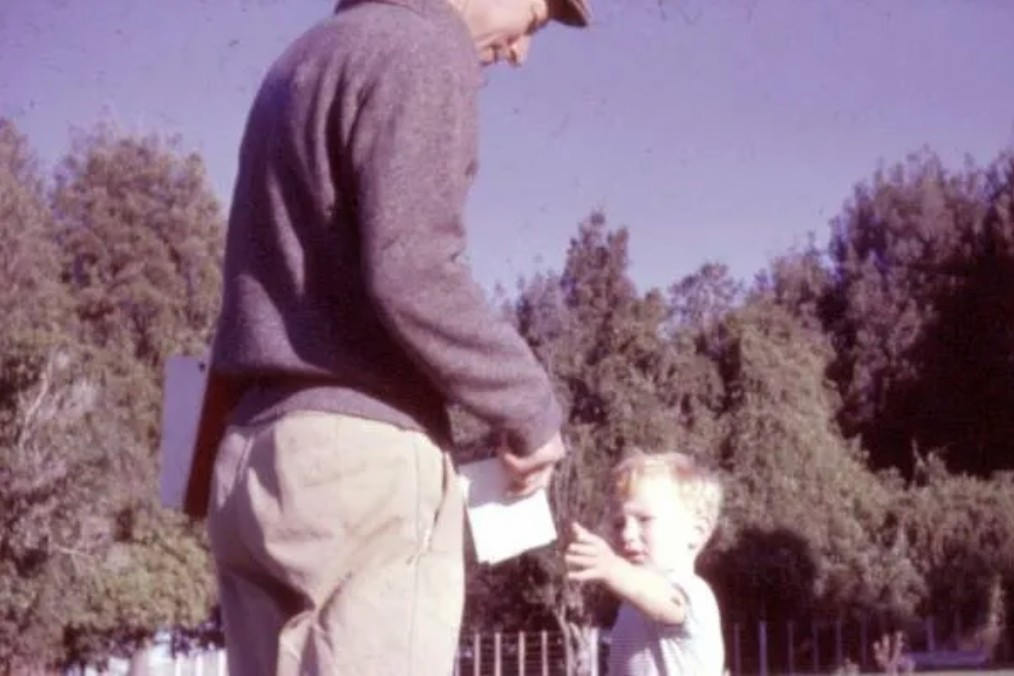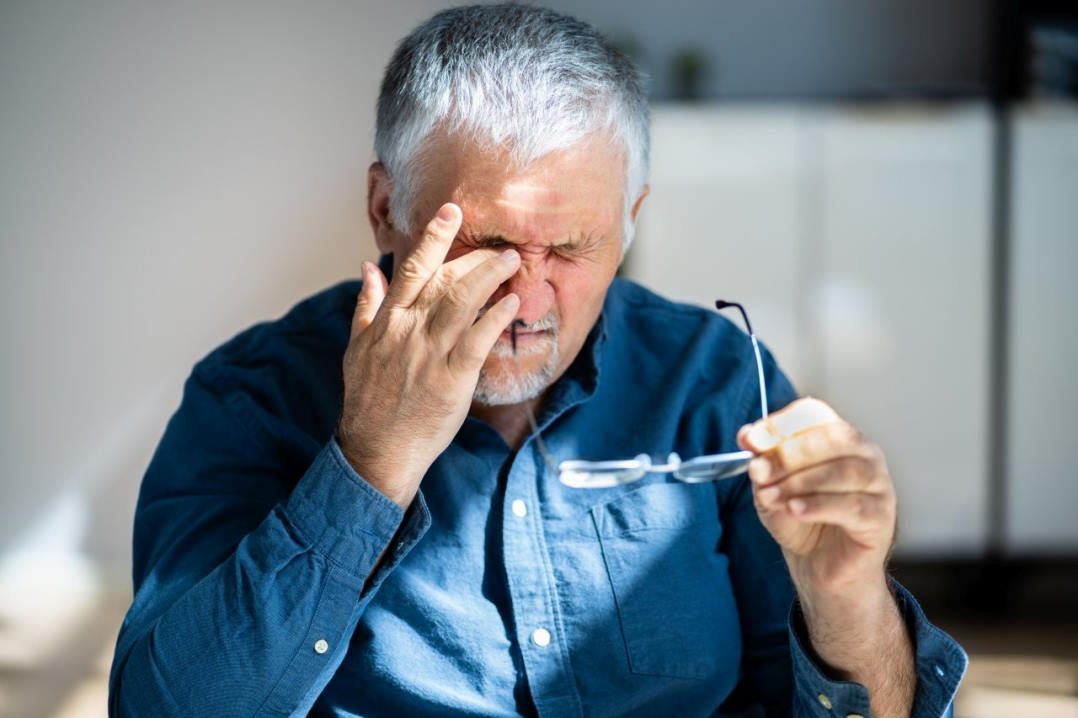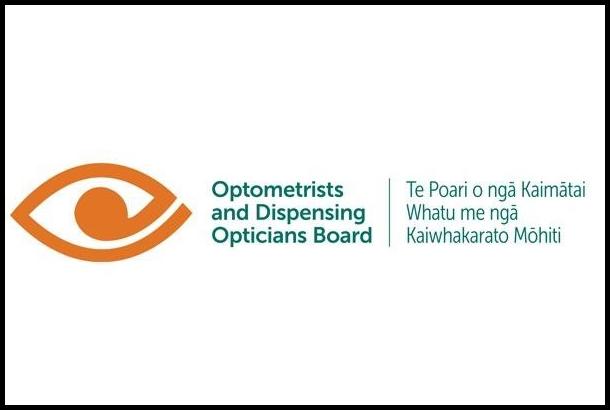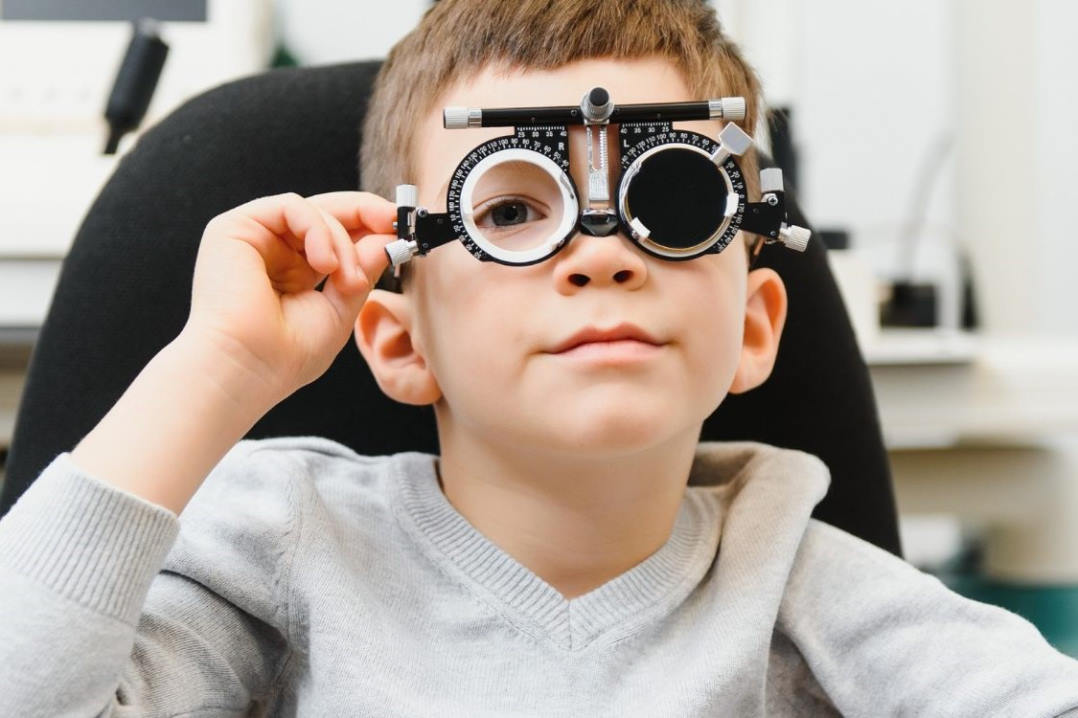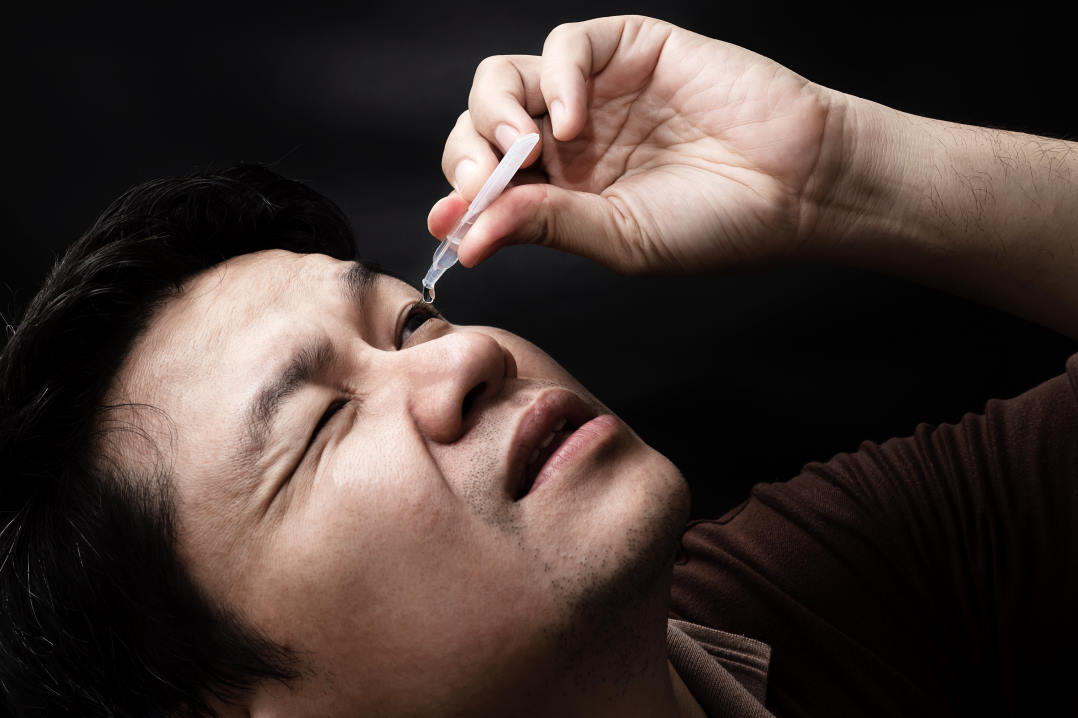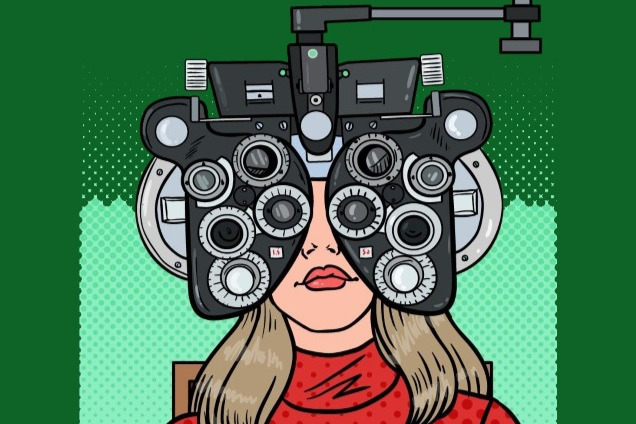Eyes on Tanzania – a rewarding challenge
Back in May, I spent an exciting, rewarding and challenging two weeks travelling around Tanzania to provide eyecare to rural communities. I worked alongside fellow optometrist Niall McCormack for his non-profit organisation Eye Care for Africa.
I also had the opportunity to work with Hawke’s Bay GP Dr Peter Culham and a support team from New Zealand, Australia and Scotland, which assisted us immensely with preliminary testing and ensuring the clinics ran smoothly. While in Tanzania, we were lucky enough to get to know local people from the communities we visited; they welcomed us warmly, shared their culture and food, helped us with transport and accommodation and acted as interpreters.
We began our trip in Shinyanga, a region in Northern Tanzania about two-and-a-half hours by road from the nearest city, Mwanza. There we opened a new eye clinic that was completed through Niall’s fundraising walk along the length of Aotearoa on the Te Araroa trail. The clinic is located a few minutes’ walk from the local health clinic known as the Golden Grace Health Centre, which offers general medical care and obstetrics. Patients requiring further treatment are referred to the Shinyanga Regional Referral Hospital; however, there is no ophthalmology department until you get to Mwanza.
Due to location and financial barriers to accessing eyecare, many of the patients we saw in Shinyanga had never had their eyes tested, even those who were struggling with their vision. This meant we saw a wide range of ocular pathologies and very advanced cases. Shinyanga had an older demographic and many of the patients had advanced cataracts, glaucoma and macular degeneration that were being diagnosed for the first time.

Getting comfortable with handheld instruments
Eye-popping moments
My most memorable patient was a 70-year-old gentleman whose left eye perforated while in the chair due to untreated keratitis. It took me a few seconds to realise the small round object that dropped onto his lap was his lens! That is not the first thing I would expect to see as an optometrist working in New Zealand when a patient comes in with a sore red eye, even in Whanganui where keratitis cases are frequent. The patient’s eye was patched and he was urgently referred to the Mwanza eye hospital. That was a scary situation for him and I was relieved the perforation happened while he was at the clinic so he could be sent immediately to hospital.
Our second destination was Raranya, more remote and north of Shinyanga, which took us 12 hours to get to by bus. Here we saw a mix of a young and older people as we split our testing between a primary school, known as Leaders School, and the local church. In the younger group, uncorrected refractive error was by far the main cause of poor vision.
One of the patients I met was Jennifer, an 11-year-old student struggling to see her teacher’s writing on the blackboard. Refraction showed she was a moderate myope and it was super rewarding to see the smile on her face when a pair of -3.00 donation glasses allowed her to see down to the bottom of the vision chart. We also saw many adults – who struggled more than they needed to at work and in daily tasks due to unaided presbyopia – for whom we were able to provide reading glasses. This highlighted the massive potential to improve quality of life in remote communities simply with a quick refraction and access to glasses, which is something that we often take for granted back home.
Heart-warming Maasai villagers
Travelling one-and-a-half days southeast from Raranya, we reached the most remote destination of our trip, the Eluwai Maasai village. The Maasai people are an Indigenous ethnic group who live a semi-nomadic and pastoral lifestyle centred on cattle herding. To find Eluwai, we required a local guide and travelled in safari trucks across uneven terrain. Eye testing took place at the local church and was the busiest of all our visits, with a higher turnout than the building could accommodate.

Eye testing in the Maasai church in Eluwai
Some of the Maasai walked over two hours to be seen. It was incredible to witness a different culture from the others we had seen on the trip. On our first visit, we were welcomed with traditional song and dance and each had the honour of receiving a shuka, a traditional vibrant-coloured blanket worn over the shoulders. We also encountered a different set of challenges during eye testing – one that stood out for me was the contrast between Maasai expectations of treatment versus Western expectations. Advanced cataracts and corneal scarring were some of the conditions I saw most frequently, both of which we would normally treat surgically. However, many of the Maasai asked for medicine as, traditionally, they would go to local healers who would use herbs for treatment.
Doing well with less
We saw more than 500 people throughout the entire trip, which made for an amazing learning experience. Having access only to a retinoscope and direct ophthalmoscope and no OCT scans, which I was used to having for every patient, I became comfortable with the handheld instruments very quickly. Going back to the basics also made me consider how fortunate I am to be an optometrist and patient here in New Zealand, with access to diagnostic equipment, customised spectacle prescriptions and referral pathways for further care.
Another challenge I experienced was working with language barriers during eye testing. The local interpreters were of tremendous help – they worked tirelessly alongside me even on long 12-hour testing days. With repetition and some coaching from the interpreters, I ended up being able to conduct a routine exam independently using my new Swahili vocabulary.
Plenty more to do!
For me, the trip was about figuring out the logistical aspects of providing eyecare in Tanzania, including how to get registered as a health professional there, travelling and finding accommodation in the remote regions, and how to implement Niall’s vision of a “self-sufficient eyecare provider for remote communities” in Tanzania and beyond. The next steps include obtaining equipment for the Shinyanga clinic and working with staff at the local health centre to set up a system and skillset that will allow the provision of basic refraction and ocular health screening services.
I would love to contribute to Eye Care for Africa again in the future, and would encourage anyone who is up for a life-changing adventure and looking to give back to express their interest in future trips. To support Eye Care for Africa through donations, please visit https://givealittle.co.nz/org/eye-care-for-africa
Lillian Lei is a graduate optometrist in her second year with Specsavers Whanganui and an honorary teaching fellow at the University of Auckland.









